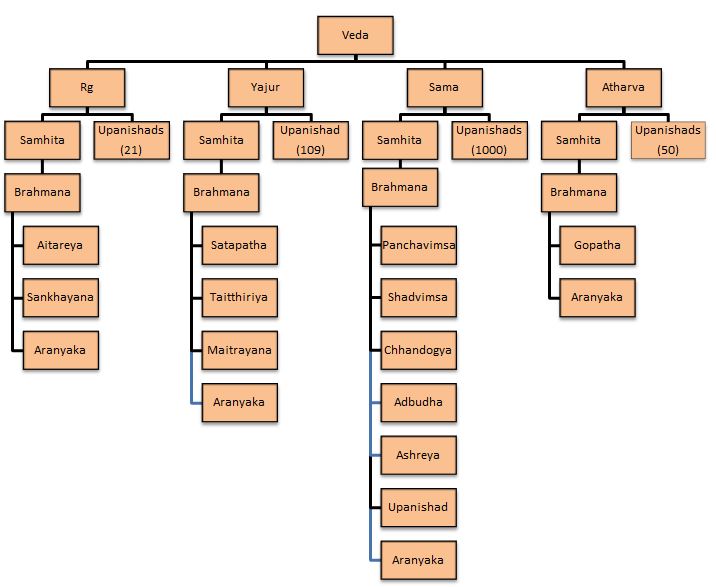These are 64 different art forms that are listed which are taught to all as a part of learning. A person knowing all of these along with the 14 Vidyas was known to be near perfection.
A public woman, endowed with a good disposition, beauty and other winning qualities, and also versed in the above arts, obtains the name of a Ganika, or public woman of high quality, and receives a seat of honour in an assemblage of men.She is, moreover, always respected by the king, and praised by learned men, and her favour being sought for by all, she becomes an object of universal regard. The daughter of a king too as well as the daughter of a minister, being learned in the above arts, can make their husbands favorable to them, even though these may have thousands of other wives besides themselves. If a wife becomes separated from her husband, and falls into distress, she can support herself easily, even in a foreign country, by means of her knowledge of these arts. Even the bare knowledge of them gives attractiveness to a woman, though the practice of them may be only possible or otherwise according to the circumstances of each case. A man who is versed in these arts, who is loquacious and acquainted with the arts of gallantry, gains very soon the hearts of women, even though he is only acquainted with them for a short time

